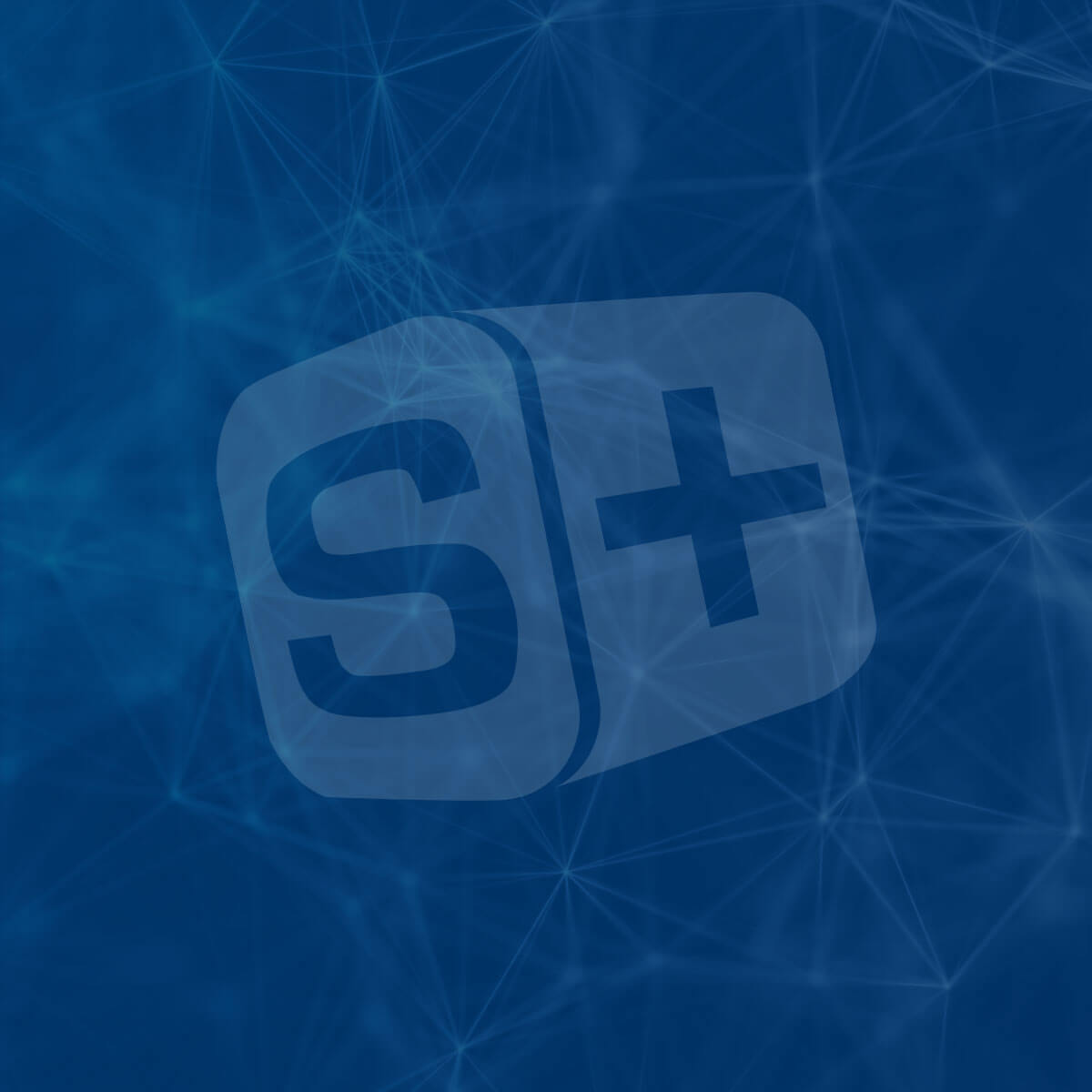Driving Growth with Integrated Software, Services, and AI-Enabled Ecosystem

Simulations Plus Announces First Quarter Fiscal Year 2026 Earnings and Conference Call Date
Conference call to be on Thursday, January 8, 2026, at 5 p.m. ET

Descriptor-First Approach for ADMET Prediction in the PolarisHub Antiviral Challenge
The prediction of absorption, distribution, metabolism, excretion, and toxicity (ADMET) properties remains a central bottleneck in small-molecule discovery.

Vision, Mission and Values
To improve health through innovative solutions.

Mechanistic Modeling of Intramuscular Administration of a Long-acting Injectable Accounting for Tissue Response At the Depot Site
The tissue response to long-acting injectables (LAIs) suspension injection may impact the product in vivo performance.

Simulations Plus Positioned to Capitalize on FDA’s Streamlined Nonclinical Safety Guidance with Advanced Mechanistic and Model-Informed Solutions
Validated engines and AI-orchestrated ecosystem align with the emerging regulatory framework

Physiologically Based Pharmacokinetic Simulations Using Transdermal Compartmental Absorption and Transit Model (TCAT) for RLS-1496 Dermal Preparations
RLS-1496 is a senolytic drug formulated as a cream for topical administration and currently in Phase 1 clinical trials for dermatological conditions. A 1% cream strength was determined to be a safe starting dose for first-in-human studies, based onnonclinical toxicology studies.

Integrating PBPK Modeling and Developability Assessment to Guide Early Phase Formulation Strategy
Physiologically based pharmacokinetic (PBPK) modeling is a core element of the early drug and formulation development workflow, enabling data-driven decisions that accelerate timelines and de-risk programs.

Derisking Formulation Strategies Using PBBM: Mechanistic Case Studies on Evaluating Food Effects and Guiding Dissolution Specifications
Understand how PBBM mechanistically integrates formulation dependent processes—such as dissolution, precipitation, gastrointestinal transit, and metabolism—to simulate oral drug absorption under varying prandial conditions.

GastroPlus® X.2: The Deep Dive Webinar Series – How New AI-Powered Tools Can Support Your PBPK Modeling
What if you could design a complex workflow, then set it into motion with a single click?

Use of PBBM-PBPK To Predict Mesalamine Delayed-Release Oral Drug Products Performance in Both Healthy and Disease Physiologies
Mesalamine (5-aminosalicylic acid (5-ASA)) is an anti-inflammatory drug indicated for the treatment of ulcerative colitis (UC) and Crohn’s disease (CD).

From In Vitro Dissolution Testing to In Vivo Clinical Pharmacokinetic Prediction Using PBPK Models for Oral Cavity Drug Products
This work develops a novel in vitro to in vivo extrapolation (IVIVE) method for the prediction of in vivo pharmacokinetic (PK) for oral cavity drug products (DP).

From Bench to Computational Modeling: Integrating Mitochondrial Stress Data from a Rat Hepatic Ischemia-Reperfusion Injury Model into a Preclinical and Human Quantitative Systems Toxicology Platform
Hepatic ischemia-reperfusion injury (IRI) contributes significantly to liver dysfunction post-surgery and transplantation

Enhancing Drug Formulation Development Through PBBM and GastroPlus®
As anyone who has worked in the pharmaceutical industry knows, there is a constant push to accelerate and optimize development processes.

GastroPlus® X.2: The Deep Dive Webinar Series – Introducing Orchestrator, Automation for Complex PBPK/PBBM Modeling in GPX.2
What if you could design a complex workflow, then set it into motion with a single click?

Exploring Artificial Intelligence’s Potential to Enhance Conventional Anticancer Drug Development
Cancer affects one in three to four people globally, with over 20 million new cases and 10 million deaths annually, projected to rise to 35 million cases by 2050. Developing effective cancer treatments is crucial, but the drug discovery process is a highly complex and expensive endeavor, with success rates sitting well below 10% for oncologic therapies

Mechanistic Pharmacokinetic Models for Inhaled Drug Development: Pulmonary Physiological and Structural Characteristics and Modeling Approaches
Pulmonary drug delivery via inhalation offers significant clinical benefits including rapid onset of action and targeted drug administration, which minimizes systemic adverse effects.

Simulated Pharmacokinetic Compatibility of Tamoxifen and Estradiol: Insights from a PBPK Model in Hormone-Responsive Breast Cancer
Although traditionally contraindicated, the coadministration of tamoxifen and estradiol may hold clinical relevance in specific contexts, particularly in breast cancer survivors with premature menopause...

Get Under the Skin with GPX.2
If you’re working on the development of injectable therapies, then this webinar is for you
